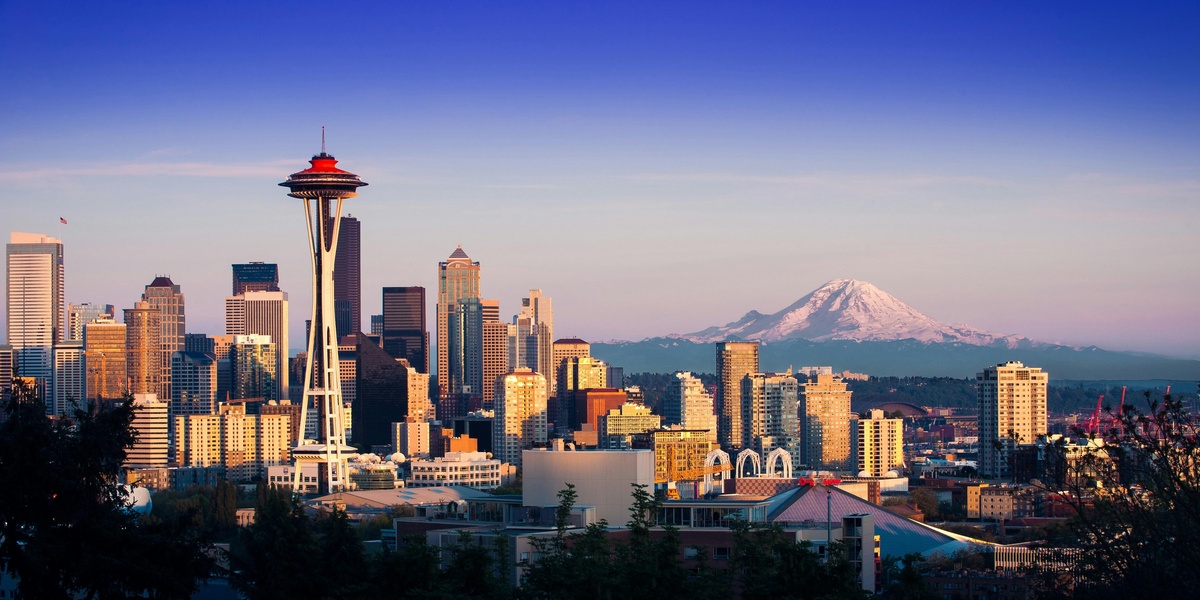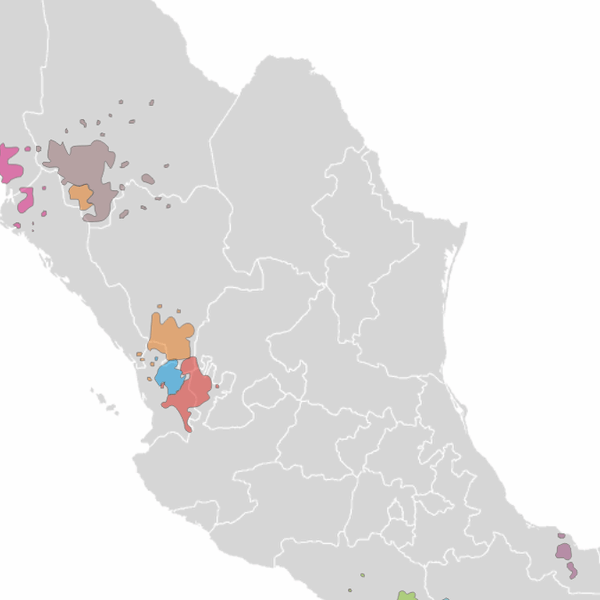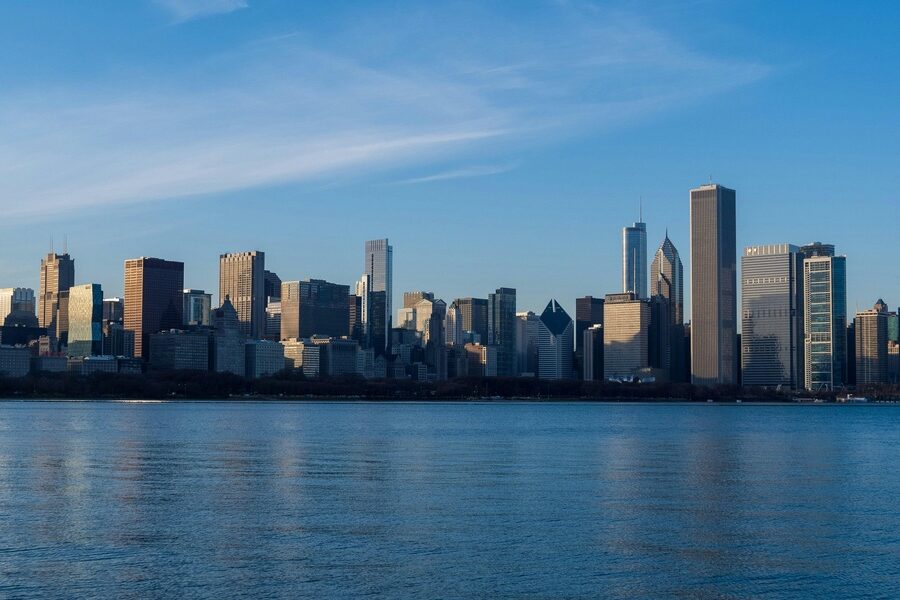When Washington became the 42nd state in 1889, people were drawn for timber, fishing, and farmland. Today, a different mix—tech campuses, national parks, and bustling ports—keeps people deciding whether Washington is the right place to call home.
That mix attracts outdoor lovers, tech workers, families, and entrepreneurs, but it also brings surprises: steep housing costs around major metros, long cloudy stretches in the Puget Sound, and real natural-hazard risks in some regions. Deciding to move here means balancing lifestyle perks against practical trade-offs.
This piece lays out five clear advantages and five trade-offs of living in Washington so you can weigh quality of life, job opportunities, costs, and environmental factors before making a move.
Nature, Climate, and Health
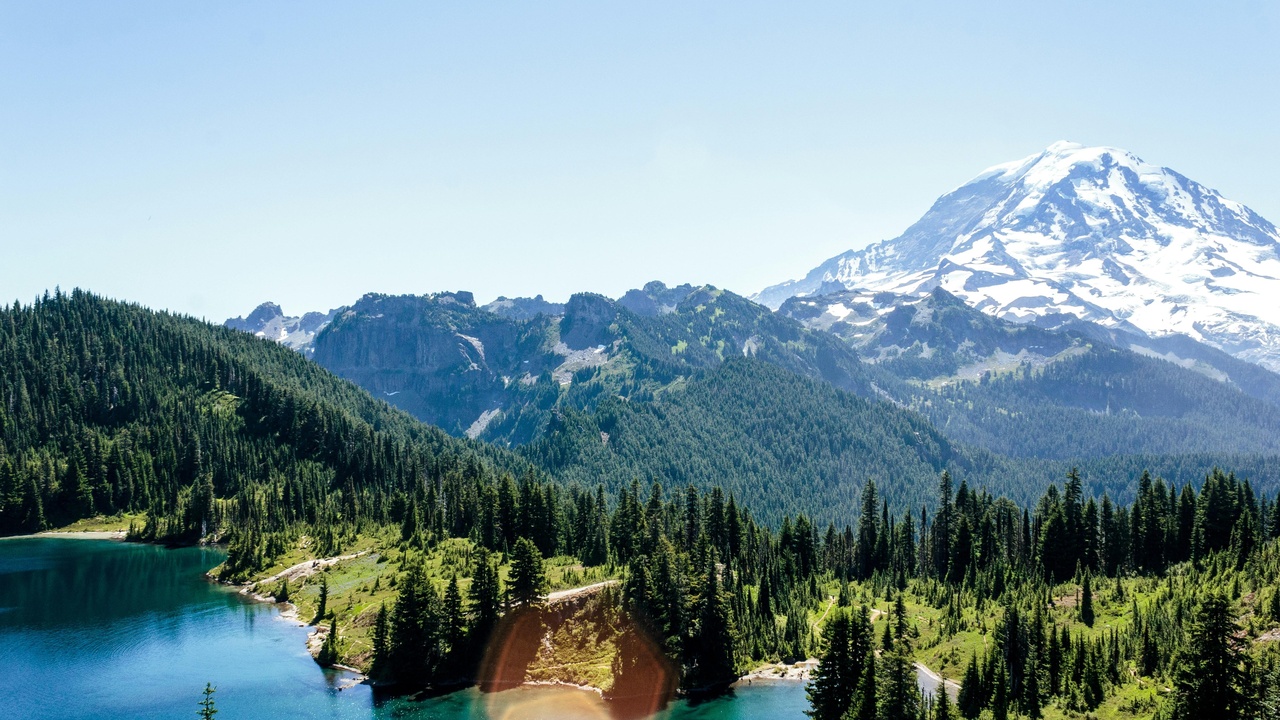
Washington’s geography—from Pacific beaches and the Salish Sea to alpine peaks and high desert—shapes daily life and leisure. Easy access to public lands fuels outdoor lifestyles, while regional climate patterns and geological hazards create health and safety trade-offs residents should consider.
1. Easy access to outdoor recreation
Hiking, skiing, kayaking, and camping are literally a short drive from many towns in Washington. The state is home to three national parks (Olympic, Mount Rainier, and North Cascades) and thousands of miles of trails maintained by parks and local land trusts (see the National Park Service for park visitor info).
That proximity makes weekend day-trips common: day hikes near Seattle, ski runs at Stevens Pass or Crystal Mountain, and kayaking in the San Juan Islands are routine plans for locals. The outdoor economy also supports guide services, gear shops, and tourism-driven small businesses.
2. Strong environmental ethos and relatively clean air
Cities and many counties in Washington prioritize sustainability—municipal goals, recycling programs, and incentives for electric vehicles and solar installations are widespread. Local governments and utilities have pushed charging networks and rebate programs that make EV ownership easier than in many states.
Outside heavy industrial corridors, outdoor air quality is generally good compared with more polluted regions, which matters for people with respiratory concerns and for outdoor recreation overall.
3. Persistent cloud cover and seasonal low sunlight
Western Washington, including the Puget Sound and Seattle area, experiences long stretches of overcast weather from roughly October through April, with many locations seeing 150–200 cloudy days per year. That pattern can affect mood and energy for people sensitive to low light.
Many residents cope with light-therapy lamps, vitamin D supplements, regular exercise, and planning escapes to sunnier parts of the state (for example, the Yakima and Columbia Basin areas receive noticeably more sunshine). If seasonal affective disorder (SAD) is a concern, consider neighborhoods in eastern Washington or factor light exposure into your housing choice.
4. Seismic and volcanic risk in certain regions
Washington sits on active geological features: the Cascadia Subduction Zone and several volcanoes such as Mount St. Helens and Mount Rainier. Mount St. Helens’ major eruption in 1980 remains a stark reminder of volcanic risk in the region.
These hazards influence building codes, insurance costs, and resident preparedness—expect earthquake retrofitting in older homes, community drills, and mapped lahar hazard zones around some volcanoes. Preparing an emergency kit and knowing local evacuation routes are practical steps for homeowners and renters alike.
Economy, Jobs, and Cost of Living
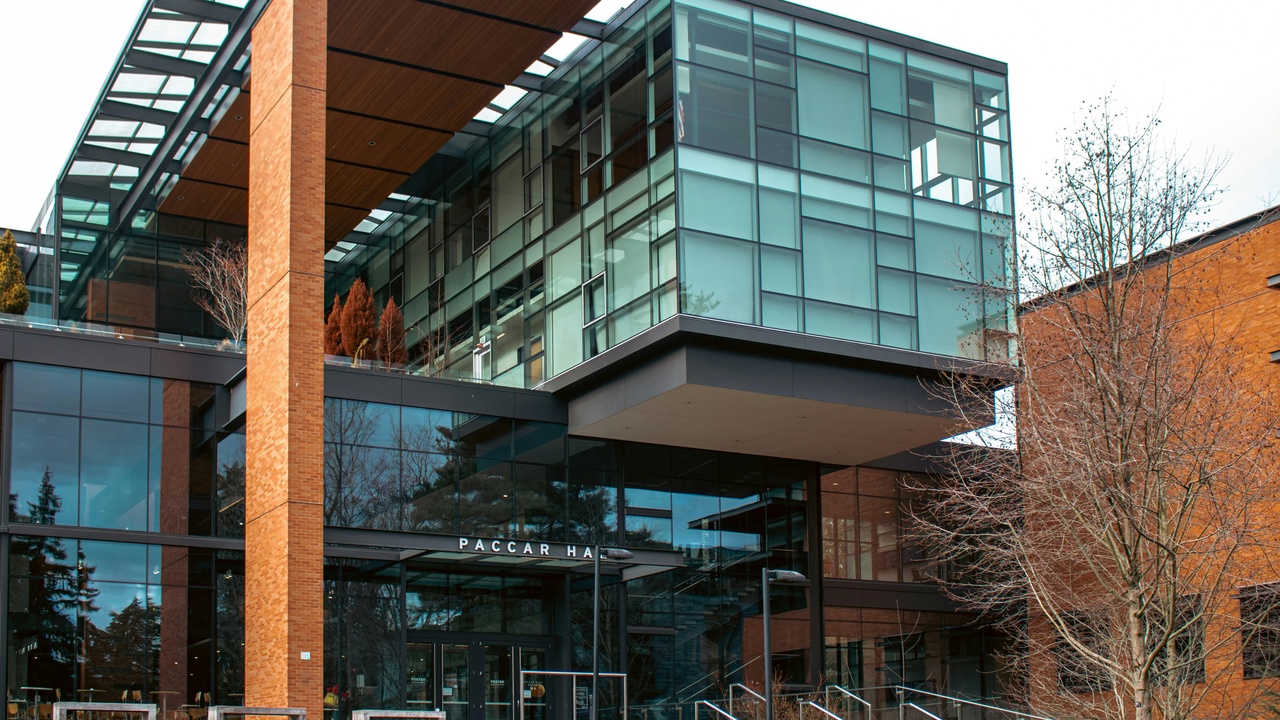
Washington’s economy is strong and concentrated: tech, aerospace, maritime trade, and port activity drive high wages and fast growth in some places. That prosperity brings benefits—higher pay and plentiful jobs—but it also drives housing costs and affordability pressures in major metros.
5. Robust tech and aerospace job opportunities
Major employers like Amazon, Microsoft, and Boeing anchor a dense job market in King County and the Puget Sound, with large campuses and supplier networks clustered around Redmond, Bellevue, and Everett. The Port of Seattle and related maritime work add shipping and logistics roles.
That concentration creates demand for engineers, IT professionals, skilled trades, and service-sector roles, and it fuels a local startup scene and contractor opportunities tied to large employers’ operations and expansions.
6. Higher-than-average wages and benefits in many sectors
Statewide median household income is roughly around $78,000, reflecting the presence of higher-paying tech and aerospace jobs. Large companies often provide competitive benefits—health plans, retirement options, and employee services—that improve total compensation.
For mid- and high-earners, that pay translates to greater discretionary income, though actual purchasing power depends heavily on local housing costs and taxes.
7. Expensive housing and rising rents
Housing costs, particularly in the Seattle metropolitan area, are a major downside. In recent years the Seattle-area median home price has hovered around $800,000, and rents in many neighborhoods rose faster than wages, pushing some residents to suburbs or eastern Washington for affordability.
Those priced out often face longer commutes, multi-generational living arrangements, or the decision to relocate to cities like Tacoma, Everett, or to more affordable regions inland where housing inventory and prices are lower.
8. Income inequality and local displacement pressure
The state’s prosperity is uneven: tech and port growth have boosted incomes for many, while service workers and lower-wage households face growing cost burdens. That gap contributes to gentrification in some central neighborhoods and stresses on small businesses and long-time residents.
Policy responses—affordable housing initiatives, rental assistance programs, and local ballot measures—are active in many jurisdictions, but addressing displacement remains a significant local challenge.
Transportation, Culture, and Daily Life
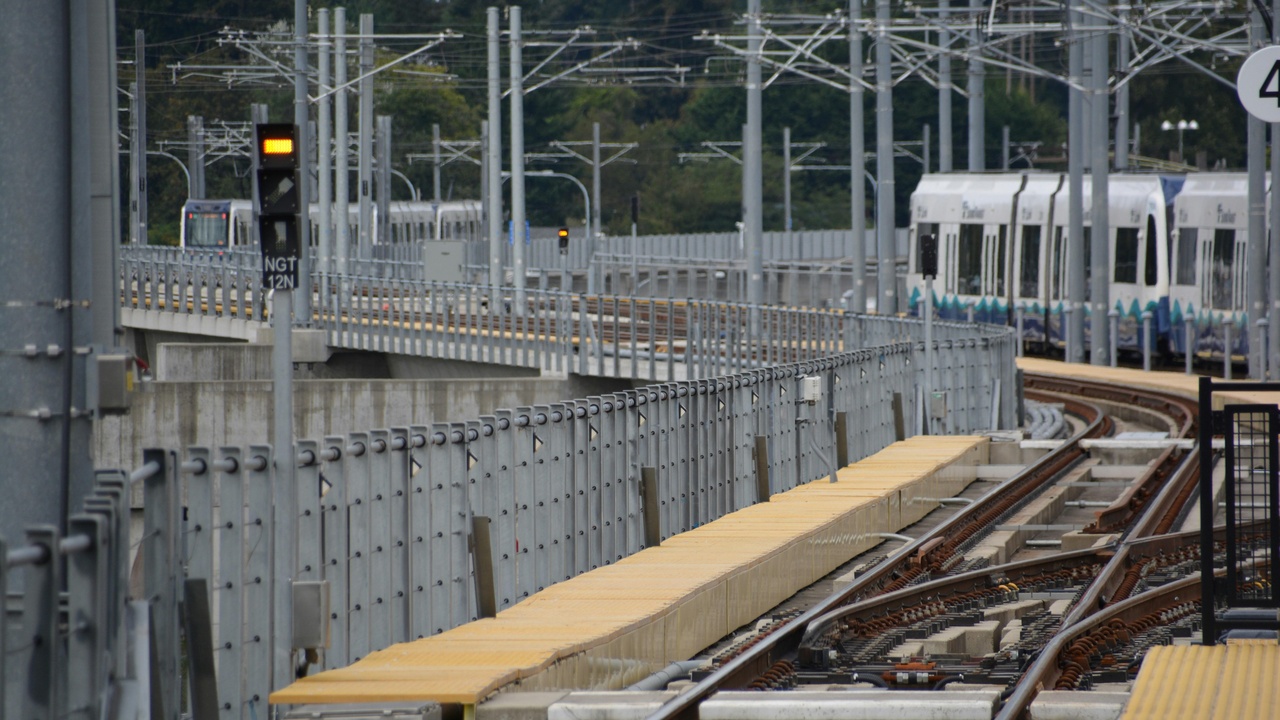
Daily life in Washington mixes cultural richness and growing transit options with traffic bottlenecks and planning frictions. Where you live determines whether you’re steps from museums and ferries or stuck in long highway commutes.
9. Strong public transit, cultural amenities, and educational institutions
Seattle and other cities host museums, orchestras, festivals, and a well-regarded higher-education presence (notably the University of Washington). Public transit is expanding—Sound Transit’s light-rail projects and regional ferry services improve connections across the Puget Sound.
That means residents can access concerts, museums, ferry commutes, and top-tier medical centers without long drives. Year-round cultural events, diverse food scenes, and university research hubs add everyday benefits for families and professionals.
10. Traffic congestion and long commute times
Congestion is a major downside along I-5, SR 520, and other commuter corridors; many Seattle-area workers see commutes in the 25–45 minute range, with longer drives for suburban commuters. Bottlenecks around bridges and peak ferry times add unpredictability.
Practical mitigations include off-peak travel, telework when possible, park-and-ride transit options, and checking real commute times during a house-hunt. For many people, trade-offs between housing cost and commute time become central to neighborhood choice.
Summary
Weighing the pros and cons of living in Washington comes down to priorities: access to nature and high-paying jobs versus housing affordability and certain environmental risks.
A practical next step is a short scouting trip—spend a weekend in a target neighborhood, time a commute during rush hour, and visit nearby parks and schools to see how daily life would fit your needs.
- Access to three national parks, waterfronts, and thousands of miles of trails makes outdoor life easy, but western Washington’s long cloudy season can affect mood and energy.
- Strong job markets in tech, aerospace, and ports support a median household income around $78,000 and many benefits, yet metropolitan home prices (Seattle-area medians near $800,000) strain affordability.
- Seismic and volcanic risks (Mount St. Helens’ 1980 eruption is a reminder) mean emergency preparedness and resilient planning matter for homeowners and renters.
- Growing transit and cultural offerings improve daily life, while persistent commute congestion on I-5 and SR 520 can lengthen workdays—test commute times before committing to a location.
- Before moving, prioritize your non-negotiables (work, schools, outdoor access, budget), visit neighborhoods on a weekend and a weekday, and research commute times, school ratings, and local housing options.

